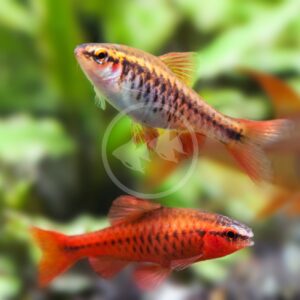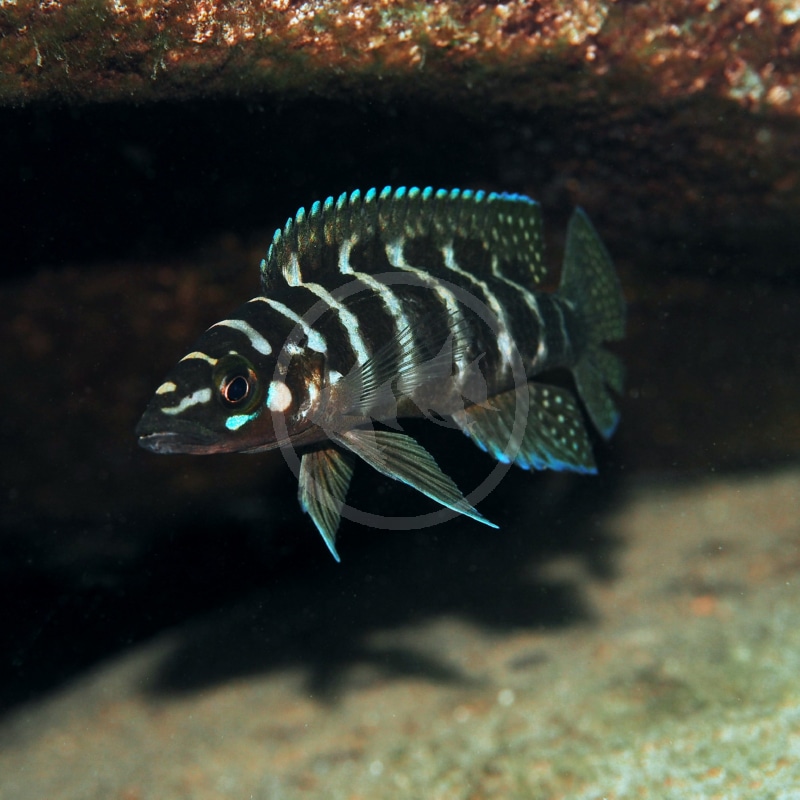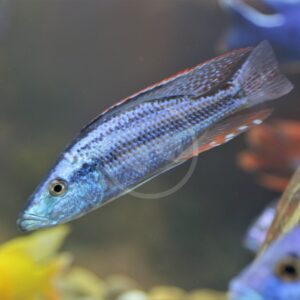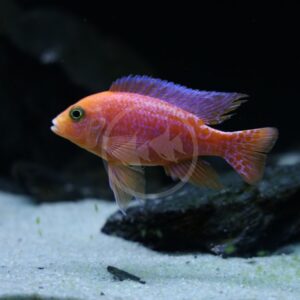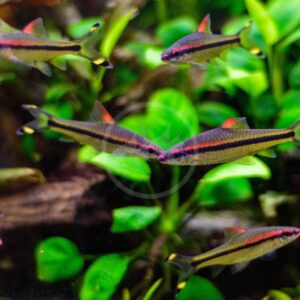CICHLID – CYLINDRICUS
Neolamprologus cylindricus
$16.99 – $34.99
Cylindricus are endemic to rocky rubble areas of Lake Tanganyika in Africa, but the majority of specimens available in the aquarium trade are commercially produced. A relatively hardy species and a good beginner African cichlid, Cylindricus are named after their torpedo-shaped body, which are buffy to white in color with many dark bands. It is difficult to tell males from females of this species. Cylindricus can be kept singly, as they are a solitary species in nature except during spawning, and will otherwise likely show aggression toward conspecifics. If breeding is of interest, it is best to acquire a group of 5 or more juvenile individuals, allow them to sexually mature and observe which individuals are pairing off. Avoid mixing Cylindricus with Leleupi (Neolamprologus leleupi) due to both the potential for aggression (similar body shape) and hybridization. An adult Cylindricus will grow to approximately 5″.
Care Level: Easy
Temperament: Semi-Aggressive
Live Plant Safe: With Caution
General Description: Cylindricus are endemic to rocky rubble areas of Lake Tanganyika in Africa, but the majority of specimens available in the aquarium trade are commerically produced. A relatively hardy species and a good beginner African cichlid, Cylindricus are named after their torpedo-shaped body, which are buffy to white in color with many dark bands. It is difficult to tell males from females of this species. Cylindricus can be kept singly, as they are a solitary species in nature except during spawning, and will otherwise likely show aggression toward conspecifics. If breeding is of interest, it is best to acquire a group of 5 or more juvenile individuals, allow them to sexually mature and observe which individuals are pairing off. Avoid mixing Cylindricus with Leleupi (Neolamprologus leleupi) due to both the potential for aggression (similar body shape) and hybridization. An adult Cylindricus will grow to approximately 5″.
Diet Requirements: A diet made up of various high quality protein and vegetable based foods are ideal. Such options include frozen brine shrimp and blood worms, and foods containing Spirulina algae are a plus. Cylindricus will accept sinking pellet foods and flake foods as a staple, but these should not make up the majority of their diet. Variety is the spice of life in order to maintain color, immune function and longevity of your fish.
Care Requirements: An established minimum 30 gallon aquarium is ideal for a Cylindricus. This cichlid cannot be put into a biologically immature aquarium. Bieekly water changes are encouraged to keep water parameters up to standard (Nitrates < 30 ppm). The aquarium should have a finer substrate, driftwood and rocks for this cichlid to feel at home. Stacked rocks to create many hiding spaces and caves are absolutely needed for this species, as Cylindricus do not stray far from such structures. African cichlid specific substrates, or even marine Aragonite substrate, are great choices because they will buffer the pH and alkalinity to levels characteristic of Lake Tanganyika that is needed for this species to thrive and spawn, if desired. Cylindricus are compatible with other like Tanganyikan cichlid species, but make sure tank mates are not too small to be eaten. There may be some territorial disputes with similarly shaped fish, such as Julidochromis, if the aquarium is not large enough. Recommended water conditions, 72-82° F, KH 10-20, pH 8.0-9.0.
Purchase Size: Small: 1-1/2” to 2”; Medium: 2-1/4” to 3”
Note: Your item may not look identical to the image provided due to variation within species. Purchase sizes are approximate.
Dry goods orders are shipped via US Postal Service or UPS to the address provided at checkout based on the selection made in your website shopping cart. Product is carefully packed to help prevent any damage during shipping. Once processed you will receive a shipment notification via email with tracking number, and delivery notification. Please allow 48 hours for processing after your order is placed.
Perishable items (i.e. live plants, refrigerated/frozen foods) are shipped via US Postal Service 2-3 day to the address provided at checkout for a $25.00 flat rate charge. Items are packed with secure packing material and heat, cold, or Cryo packs as needed to maintain safe temperatures during transit. If one or more perishable items are in the shopping cart at checkout the $25.00 perishable shipping charge will automatically appear and need to be selected. Once processed you will receive a shipment notification via email with tracking number. Please allow 48 hours for processing after your order is placed.
Livestock (i.e. fish, invertebrates, coral) are shipped via UPS Overnight to the address provided at checkout for a $55.00 flat rate charge. Livestock is packed in insulated styrofoam boxes with secure packing material and heat, cold, or Cryo packs as needed to maintain safe temperatures during transit. If one or more livestock items are in the shopping cart at checkout the $55.00 livestock shipping charge will automatically appear and need to be selected. Livestock is shipped Monday through Wednesday ONLY (no weekend delivery is available) weather permitting, and we reserve the right to delay shipping until conditions are appropriate for safe arrival. Once your order is placed we will contact you to arrange the best shipping date based on these criteria. Someone must be available to receive the livestock order on the first delivery attempt. Once processed you will receive a shipment notification via email with tracking number. Please allow 48 hours for processing after your order is placed.
For mixed dry goods/perishable & livestock orders items will be shipped via their corresponding shipping methods outlined above. Dry goods will be shipped via US Postal Service or UPS based on your selection and checkout, while livestock will ship via UPS Overnight for a $55.00 flat rate charge. You will receive separate notifications and tracking numbers for the dry goods and livestock. Please note due to different carriers and shipping methods dry goods and livestock may arrive on different days.
Related products
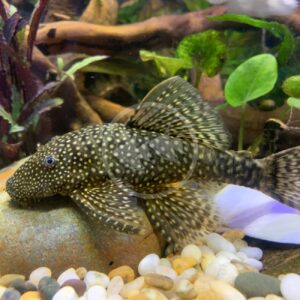
PLECOSTOMUS – BRISTLENOSE / BUSHYNOSE
Ancistrus sp.
$5.99 – $99.99
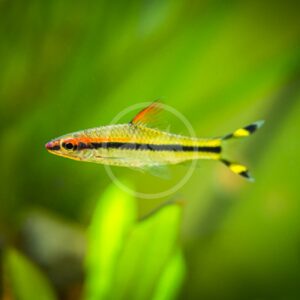
BARB – DENISONII / ROSELINE SHARK
Sahyadria denisonii
$9.99 – $79.99
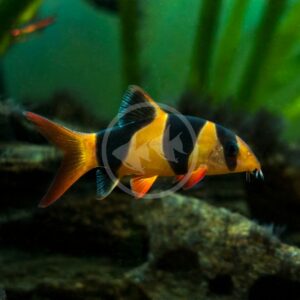
LOACH – CLOWN
Chromobotia macracanthus
$16.99 – $199.99
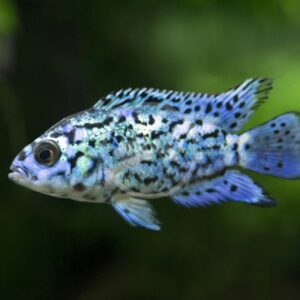
CICHLID – JACK DEMPSEY ELECTRIC BLUE
Rocio octofasciata
$19.99 – $99.99
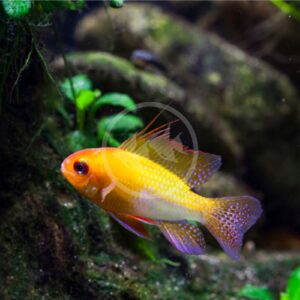
CICHLID – RAM GERMAN GOLD
Mikrogeophagus ramirezi
$11.99 – $16.99
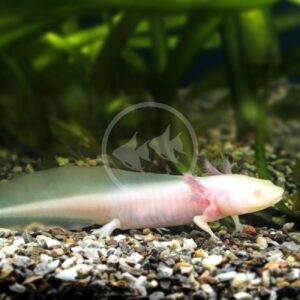
AXOLOTL – ALBINO
Ambystoma mexicanum
$99.99 – $149.99
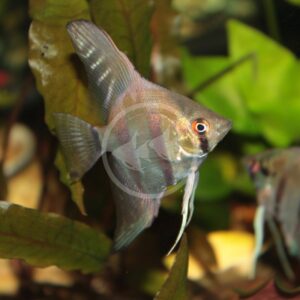
ANGELFISH – FW SILVER
Pterophyllum scalare
$4.99 – $39.99
